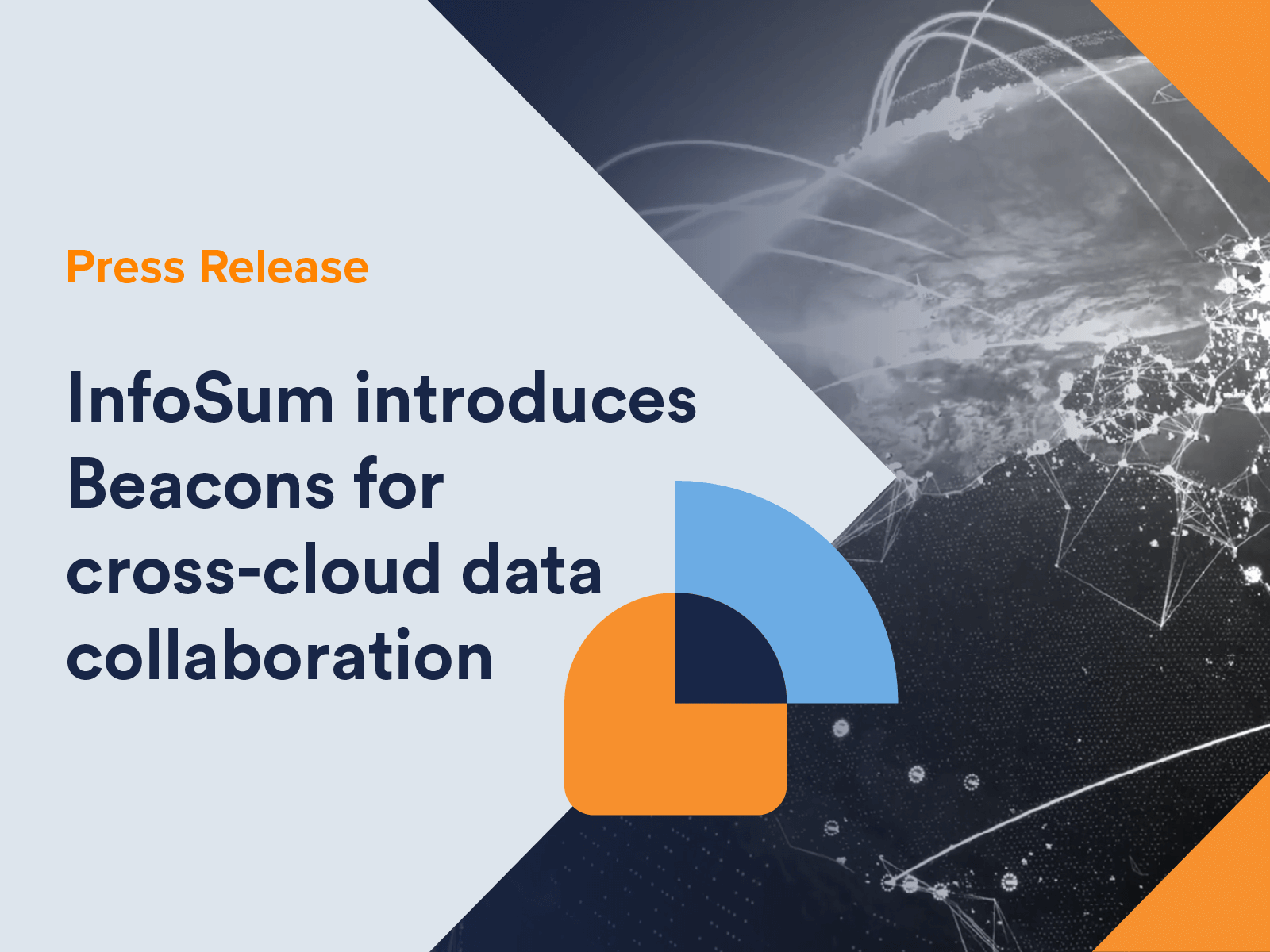Bring your own data, just don’t move it
Third-party data, data collected by an external party, has traditionally been used within the adtech/martech ecosystem to enrich customer understanding and extend audience reach. However, in recent years we have seen a shift in the perception of third-party data.
Rich third-party data, collected in a privacy-safe and compliant manner that offers a fully transparent approach to validating quality, remains a good source of enrichment. Unfortunately, data of this quality has become rare, with three main issues existing with today’s third-party data.
- Gaining and tracking consent, thus ensuring the third-party data available is compliant with GDPR and other regulation, is challenging
- A large proportion of third-party data is simply of poor quality, that doesn’t stand up to validation
- Advertisers and brands are largely accessing and using the same third-party data from the same sources as competitors
These inherent inaccuracies, privacy, and redundancy risks within the third-party data marketplace have led to many marketers turning away from these data sources.
The emergence of first-party data
As a result of this industry shift, more focus has been put on first-party data. First-party data is the data businesses collect from consumers they have a direct relationship with and is therefore arguably the most accurate, relevant and brand-specific data. From a marketers perspective, leveraging their first-party data is nirvana; no longer relying on another company’s view of consumers, where concerns related to the governance quality of the data exist.
This new focus on first-party data has led to the increasing popularity of Bring Your Own Data (BYOD) strategies. The theory behind these strategies is sound; to target with more accuracy and reduce your risks associated with third-party data, bring your own data to the table when planning and executing marketing campaigns. By bringing together various first-party data sources, a single-customer view can be created that informs audience segmentation, targeting, personalization, and measurement.
Currently, the use of first-party data and the implementation of BYOD strategies are being hampered by the requirement to either centralize or share data to be effectively used. This sharing and movement of data create a risk vs. reward analysis for commercial and compliance teams who must ask a simple question: Is the risk of sharing and commingling our incredibly valuable asset, worth the reward of improving our advertising effectiveness?
More often than not, this risk analysis will return a negative response. There are two primary reasons for this, firstly, privacy concerns. Under GDPR, businesses are required to gain the appropriate level of consent to share data with a third-party and manage that consent. While this isn’t a blocker, the majority of compliance and commercial teams will simply determine it isn’t worth the financial investment to manage, and the regulatory risk of it going wrong.
Secondly, commercial trust comes into play. Current technology solutions require first-party data to be centralized or shared with another party. By centralizing, a personal data honeypot is created that can become a hot target for hackers. Additionally, the moment data is shared with another party, the owner loses control. No matter how many legal agreements are put in place, believing that the data won't be shared or used any further, comes down to trust. The modern business's most valuable asset is its data, and there is often not enough trust to warrant sharing data.
Empowering privacy-safe BYOD strategies
What businesses seek are secure and compliant solutions that enable them to create a single customer view and use first-party data as part of a BYOD strategy, InfoSum is the first company to bring together federated analytics technology that enables isolated data sources to be analyzed without moving data, with flexible identity resolution and secure permissions management to provide a privacy-safe approach to connecting and activating first-party data in a way that satisfies the commercial trust issues present in today’s competitive environment.
Through InfoSum’s platform, any number of data sources can be connected to create a combined customer view, without sharing or commingling the raw data. By eliminating the movement of data, commercial trust barriers that currently block effective use of first-party data, are instantly removed.
Data privacy is inherent in the federated nature of our platform, and when combined with the pioneering work we have done in the area of differential privacy, InfoSum ensures no single individual can ever be identified when conducting analysis. Such measures overcome the data privacy concerns that limit the use of customer data in marketing campaigns.
In the first phase of the data-driven industry evolution, we have advanced significantly in the capture and storage of data, Now it’s time to unlock all the potential of these data sets by safely and securely collaborating with our data to unleash a new era of creativity with data. By liberating customer data, brands and publishers can implement BYOD strategies that drive effective marketing campaigns that are more accurate, less risky, and don’t rely on third-party data. This strategic change ushers in this new era of first-party data and known audiences driving the advertising ecosystem forward with less waste and more precision.







